The more sales you complete, the faster your business will grow. The faster your business grows, the closer you are to sky-high revenues. For that reason, it is of paramount importance that companies employ the best sales pipeline software to facilitate a streamlined and efficient sales management process.
The best sales pipeline software lets businesses track heaps of data and derive new insights that will see you quickly identify new opportunities or quickly close your existing ones. Sales pipeline software is not just useful for directly boosting sales either, it can unlock many advantages for your sales team.
Sales pipeline software is also useful for forecasting. By keeping track of your sales pipeline, businesses cam more accurately predict their sales figures and revenues for the next month, quarter, or year. In addition, sales pipeline software is a great help when it comes to team management too. By analyzing sales pipeline metrics, it becomes possible to identify bottlenecks and adjust your sales strategy to eliminate them.
In many ways, there is substantial overlap with the best selling CRM and the best sales pipeline software. Both sets of tools are designed to streamline the sales process, but CRM tools include other features too, such as organizing comms and contact management. The guide below will assess several tools specifically from the perspective of sales pipeline management.
However, if you want to find out more about the the best CRM software available, we also have buying guides on the best cloud CRM, the best CRMs for small businesses, and a guide to CRMs for real estate. We also have detailed guides on the best insurance CRM and the best open source CRM.
The best sales software pipeline 2023 in full:
Why you can trust TechRadar
We spend hours testing every product or service we review, so you can be sure you’re buying the best. Find out more about how we test.
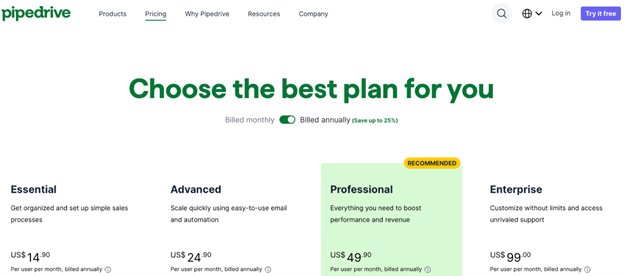
We live in a world where technology evolves quickly. This means that even when an organization settles on a particular piece of business software, it’s highly likely that other tools will be required. Today, it’s more of a technology ecosystem that businesses rely on, rather a single tool.
Pipedrive is a case in point. Although the Pipedrive platform itself is an impressive piece of sales pipeline software, it really comes into its own once you start exploring the impressive list of add-ons that are available. For example, the platform’s LeadBooster add-on incorporates quality inbound and outbound leads into your sales pipeline. The Campaigns add-on, henceforth, provides online marketing support, letting companies more easily craft and send customized email campaigns.
In terms of its core functionality, Pipedrive also impresses. Its lead generation functionality is up there among the best sales management tools, providing ways to track your leads, and automate your sales pipeline. It also allows you to view reporting pages so you can analyze how your sales performance is changing over time.
Another interesting feature is Pipedrive’s deal rotating tool, which informs you when a lead has another dormant for a significant period. This reminds the sales team to engage with the customer again or move on and allocate their resources elsewhere.
Although there are some negatives to choosing Pipedrive as your sales pipeline software, including the lack of a free plan and some limitations around its activity reporting, this is still a hugely useful tool and one that fares particularly well when augmented with its large selection of add -ounce.
Read our full Pipedrive CRM review.

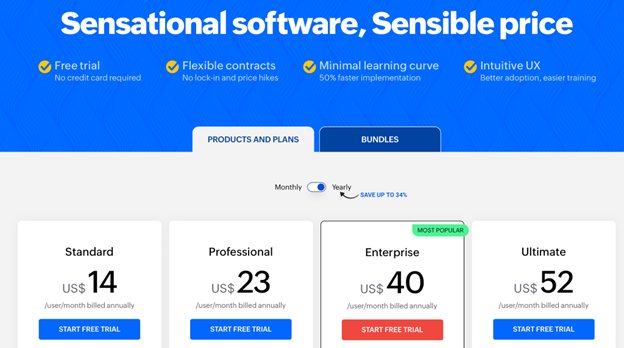
The sales process has become much more complicated than it used to be for retailers. Once upon a time, brands knew that the majority of their sales would come from their brick-and-mortar stores, but then came an explosion in ecommerce platforms, with many many retailers now generating a significant proportion of their sales online. The ubiquity of smartphones has only added further complexity to the sales pipeline.
Given the disparate channels that sales now take place through, the multichannel lead management functionality provided by Zoho is a godsend. Zoho comes with a smart webform that lets brands capture leads from a variety of channels, whether they include social networks and ecommerce landing pages. Once the leads have been captured, it’s then simply a case of transferring them to your sales pipeline before e-mail automation gets in touch.
In terms of its other features, Zoho comes with the option of automatically creating rules for your sales reps, triggering tasks depending on pipeline changes. Although setting up the automation functionality is not always the easiest, once you put it in place it will save your team a lot of time by eliminating manual processes.
Although the customer support does leave a little to be desired, which exacerbates the challenges of its steep learning curve, Zoho is still a great sales pipeline solution – especially if you engage with customers across a multitude of channels. If you do, the ability to integrate seamlessly with any of the tools in the Zoho family, including Zoho Campaigns, is another welcome feature.
Read our full Zoho CRM reviews.

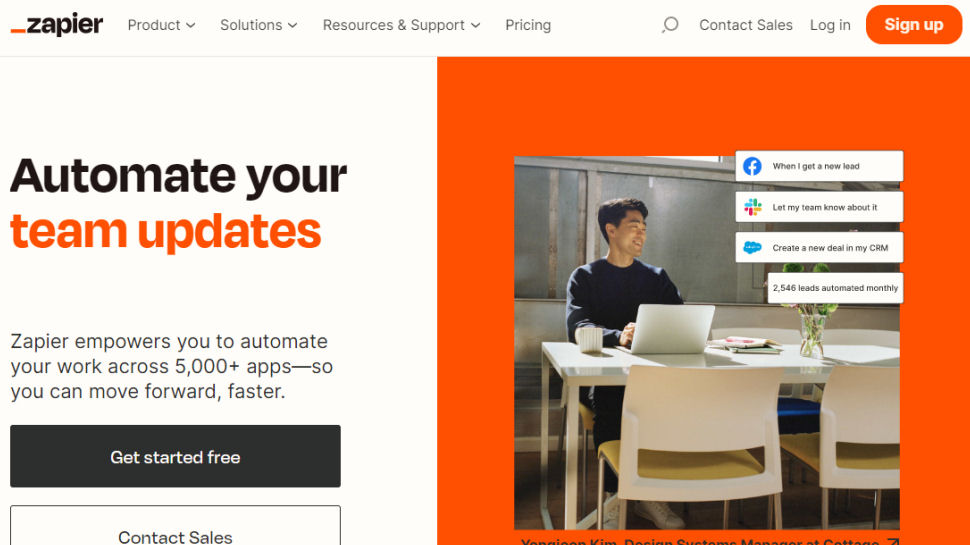
While Zapier may not be a sales-focused CRM, the way that it incorporates automation within the sales pipeline means it’s certainly useful for any company looking to give their sales figures a boost. This is especially true of the automation functionality that Zapier provides, which could seriously boost the productivity of your sales team.
Zapier helps businesses in the automation of repetitive manual tasks, like data entry, with an action in a particular app automatically triggering a different action in another piece of software. Given the many integrations that are built into Zapier, including Gmail, Mailchimp, Zoom, Trello and more, this is bound to have a wide number of use cases for your sales team.
How this works in practice, is users create a “zap” that connects two different solutions. For example, this zap cold creates a new contact in your usual CRM whenever someone adds to your lead capture form, saving a sales rep from transferring data manually.
Zapier does not require any coding knowledge and integrates with more than 5,000 apps by default. If your software isn’t supported, however, you can still create a custom integration. This means that Zapier is a hugely helpful tool for connecting the different dots within your sales pipeline. It’s also pretty cheap and even comes with a free plan that lets a single user automate up to 100 tasks per month.

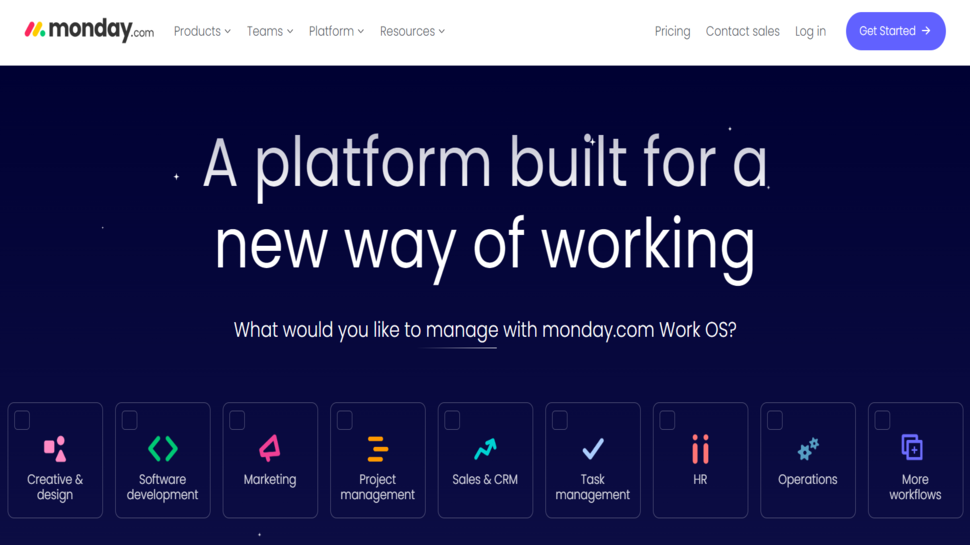
If businesses are to streamline their sales pipeline, they first need visibility into who their prospects and leads are. Monday.com is a great help here – a sales CRM that excels in terms of visually representing you customer database.
Monday.com performs this visualization so well through customizable, colorful dashboards that make it immediately clear to your sales teams what stage each prospect is at. A full picture of the sales pipeline is displayed, complete with a visual overview of all the relevant contact details and deal progression.
While some important features, including the calendar view, are only available by signing up to the more expensive plans, smaller teams are likely to be able to make do with the lower cost subscriptions. Overall, Monday.com is a highly accessible tool that is likely to be actually used by your sales team. It provides great visual representation of your sales pipeline that makes up for what it may lack in more advanced task tracking features.
Read our full Monday.com review.

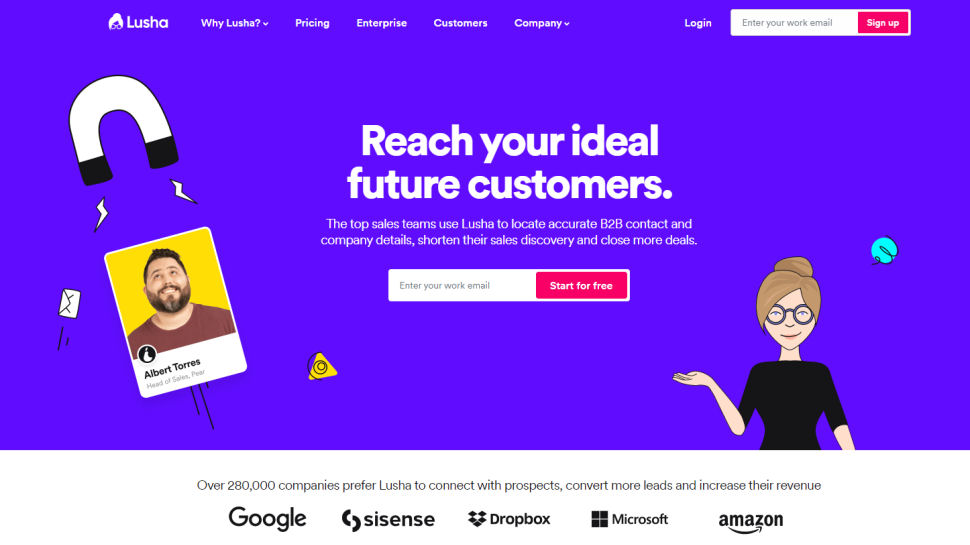
Although at its most simple, Lusha is a database of B2B contacts, but dig a little deeper and sales personnel are likely to find that this is an app that does much more than that. Lusha allows sales reps to quickly find contact information for high-value contacts through its Google Chrome e-mail finder extension. What’s more, the platform also supports LinkedIn, Facebook, Twitter, Salesforceand more.
Lusha also comes with the possibility of creating bespoke filters based on your prospecting lists, which can then be easily integrated into your existing workflows. With Lusha, its easy for teams to quickly generate quality leads and the platform even comes with its own API so businesses can integrate it seamlessly with their existing CMS.
In terms of price, businesses receive five free credits, which correspond to lead searches, a month, per user. With Lusha, it’s easy to collect vast amounts of contact information, which can be transformed into leads afterward. And if businesses need more leads than they can access through the free plan, Pro and Premium plans are also available.

Which sales pipeline software is right for you?
Deciding which software sales pipeline is right for your needs, depending in large part on where you see bottlenecks and where you feel improvements could be made. Are your sales reps getting bogged down in manual tasks? Or are they struggling to identify leads in the first place?
The good news is, there’s bound to be a sales pipeline software solution that fits your needs. If in doubt, you can always select a solution with a free trial so you can familiarize yourself with it before committing financially.
